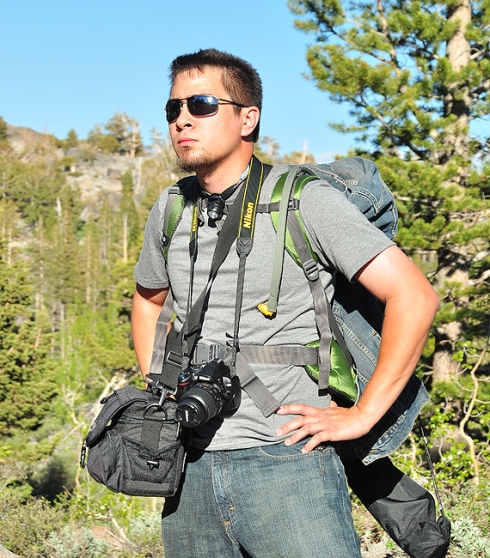
Shoot with purpose to shoot like a pro! Follow these simple steps to improve your photography skills.
For many people, taking pictures is just a fun way to share family memories and silly things on the street. For others, photography is a full time sport, or even a career. As with many sports or careers, photography requires rigorous training and regular practice to truly master.
Many experts simply tell enthusiasts to “get out there and shoot,” but that is about as helpful as a major league baseball player telling young aspiring athletes to “get out there and play.” In order to truly improve your photography, you must understand what you need to improve.
Photography Skills
One of the most important philosophies for photographers to follow is also one of the simplest:
When you are out for a photo shoot, don’t just take photos. Challenge yourself and think about how you can take better photos!
For this philosophy, when photography is compared to a sport, self-improvement becomes much clearer.
The Photographer Athlete
 In the ever-intensifying world of photography, the line between photographer and athlete becomes more and more blurred.
In the ever-intensifying world of photography, the line between photographer and athlete becomes more and more blurred.
By comparing a photographer to a sports athlete, we can analyze what skills we need to work on. This allows photographers to focus on one thing at a time and improve their photography.
Strength
How adept is a photographer at analyzing and understanding an environment? If a photographer steps out of the blistering desert sunlight and into spotted shade beneath a grove of wilted trees, will that photographer be able to understand the highlights, shadows, and handle the camera to take a winning exposure? How good is the photographer at setting up good composition of content in the shot? How about operating in tough environments such as a swaying ship out at sea, or even a chaotic city crowd?
The photographer’s strength comes from experience shooting in difficult or harsh environments. As the photographer’s strength increases, they will be able to handle taking photos in challenging environments, especially where there is minimal light or a dramatic range in lighting and shadows. Having a high level of strength makes shooting in less challenging environments much easier. This allows photographers to shoot a higher percentage of ‘keeper’ photos.

A weary photographer reclines after a rigorous day of shooting.
Agility
How quickly and proficiently can a photographer handle his or her camera and other equipment? If that photographer is shooting a sunset and suddenly needs to mount that camera to a tripod and adjust settings for shooting in low light, how easily can they do that? What if that photographer needs to change lenses in a harsh environment? What about setting up a series of flashguns and wireless receivers for a semi-controlled environment?
The photographer’s agility improves with experience and painstaking attention to detail. As the photographer’s agility increases, they will be able to operate efficiently and capture split seconds of winning exposures. As agility increases, there will be far less photos lost due to wasted time fiddling with settings or changing a lens.

Ducklings moving in and out of spotted shade make for difficult subjects to photograph, but offer great practice! Continue reading
 Fisheye lenses allow us to see the world in a new perspective.
Fisheye lenses allow us to see the world in a new perspective.

















